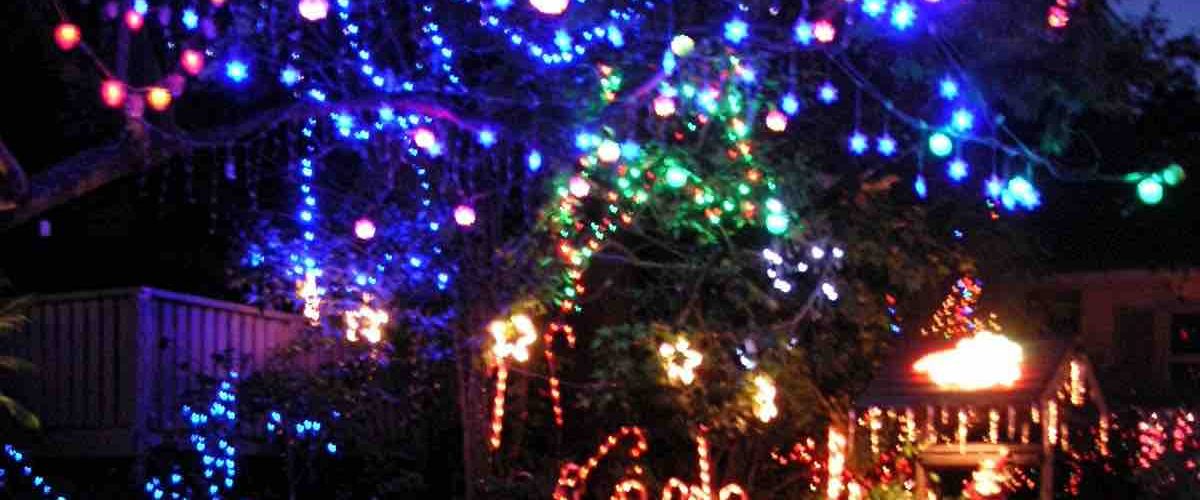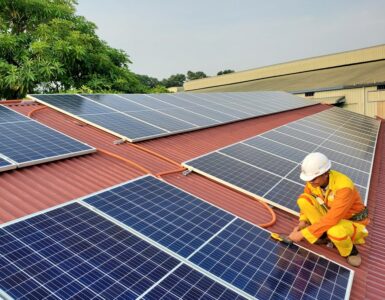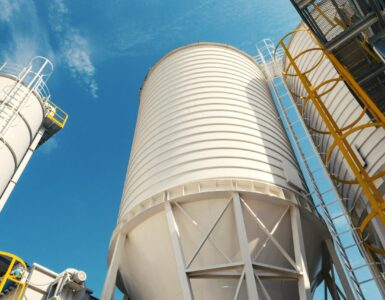Lighting consumes nearly 20% of global electricity thereby contributing to carbon emissions and energy bills.
The good news is advancements in lighting technology over the years have significantly improved energy efficiency and reduced environmental impacts. From the incandescent and fluorescent lamps of the past to the invention of LEDs (Light Emitting Diodes) in the 1960s, lighting has come a long way.
A pivotal breakthrough occurred in 1993 when Shuji Nakamura, Isamu Akasaki, and Hiroshi Amano developed high-brightness blue LEDs, enabling energy-efficient White LEDs (WLEDs), a feat recognized with the 2014 Nobel Prize in Physics.

LEDs typically use about 75-80% less electricity and often last up to 25,000 to 50,000 hours, compared to incandescent bulbs that last around 1,000 hours. Additionally, unlike fluorescent lights, which contain harmful substances like mercury, LEDs are also free from toxic chemicals, making them sustainable lighting choices for the world.
Today, LEDs lead the market and are widely used in various applications such as televisions, computer monitors, digital billboards, signboards, and automobiles due to their energy efficiency, long lifespan, and ability to produce bright, vibrant light.
Besides, coloured LEDs can be strategically deployed for specific applications; for instance, red and blue LEDs are used for greenhouse plant growth lighting due to their energy efficiency relative to full-spectrum lighting.
However, their biggest use case is residential and commercial lights along with street and outdoor lighting.
In India, the implementation of LED lighting proved to be a game-changer in terms of its environmental impact. In 2014, the government of India launched the UJALA scheme and since then it has distributed over 360 million LED bulbs to thousands of households in the country.
In the last 10 years, the UJALA scheme provided a cost savings of Rs. 19,153 crore (US$ 2.2 bn) annually, a reduction in CO2 emissions of 38.7 million tonnes per year and energy savings of 47,883 million kWh yearly.
Further, the government also implemented the Street Lighting National Programme to replace conventional streetlights with smart, energy-efficient LED streetlights across the country, contributing to a decrease in carbon emissions by 6.2 million tonnes per year.
This scheme in the most populous country in the world highlights how by adopting LEDs, we can reduce energy use, minimize waste, and cut down on harmful environmental impacts, all contributing to a more sustainable future.
In recent times, emerging light-related technologies like OLEDs (Organic LEDs) that offer vibrant colours, QLEDs (Quantum Dot LEDs) that provide precise colour control and durability and micro/mini-LEDs that deliver high brightness and stability, are shaping the future of lighting.
While thin and flexible OLEDs are costly and have shorter lifespans, QLEDs are toxic and their production is challenged by resource scarcity Micro/Mini-LEDs are limited in their application due to high production costs.
Perovskite LEDs (PeLEDs)
Perovskite LEDs combine the advantages of OLEDs and QLEDs, positioning them as an excellent choice for next-generation lighting.
Perovskites are a class of materials with a specific crystal structure that has gained attention in recent years, especially in optoelectronics due to their excellent light absorption, high efficiency, and ease of processing.
The emission wavelength of PeLEDs can be tuned by adjusting the composition of the perovskite materials, allowing for a wide range of colours.
PeLEDs could potentially provide greater environmental benefits for lighting and displays due to their high energy efficiency. Further, if PeLEDs can be produced at lower costs than traditional LEDs, they could reduce the prices of electronic devices and lighting solutions, contributing to the wider adoption of energy-saving technologies.
However, Perovskite LED’s widespread application is limited by challenges such as sensitivity to heat and moisture, as well as colour instability caused by anion migration (which occurs when halide ions — chloride, bromide, or iodide move between quantum dots in mixed layers).
To tackle this issue, researchers at the Centre for Nano and Soft Matter Sciences (CeNS) in Bengaluru, an autonomous institute under the Department of Science and Technology (DST) which comes under India’s Ministry of Science & Technology have come out with a solution.
This breakthrough published in the journal Nanoscale, provides valuable insights into stabilizing perovskite nanocrystals, paving the way for efficient, durable optoelectronic devices.
Wrapping Up
While Perovskite LEDs hold great promise in energy efficiency and cost-effectiveness, their environmental impact depends on the materials used, particularly lead, and their disposal or recycling.
Lead is toxic, and its use in electronic devices raises concerns about pollution and health risks. If PeLEDs were to degrade or be improperly disposed of, lead could leach into the environment, contaminating soil and water.
The research by CeNS is trying to improve device stability, however, the challenges associated with materials and creating effective recycling methods remain.
Researchers need to actively explore lead-free perovskite materials or ways to safely encapsulate lead in the devices to prevent environmental contamination. Efficient recycling methods and better end-of-life disposal strategies for PeLEDs are also critical.






Add comment